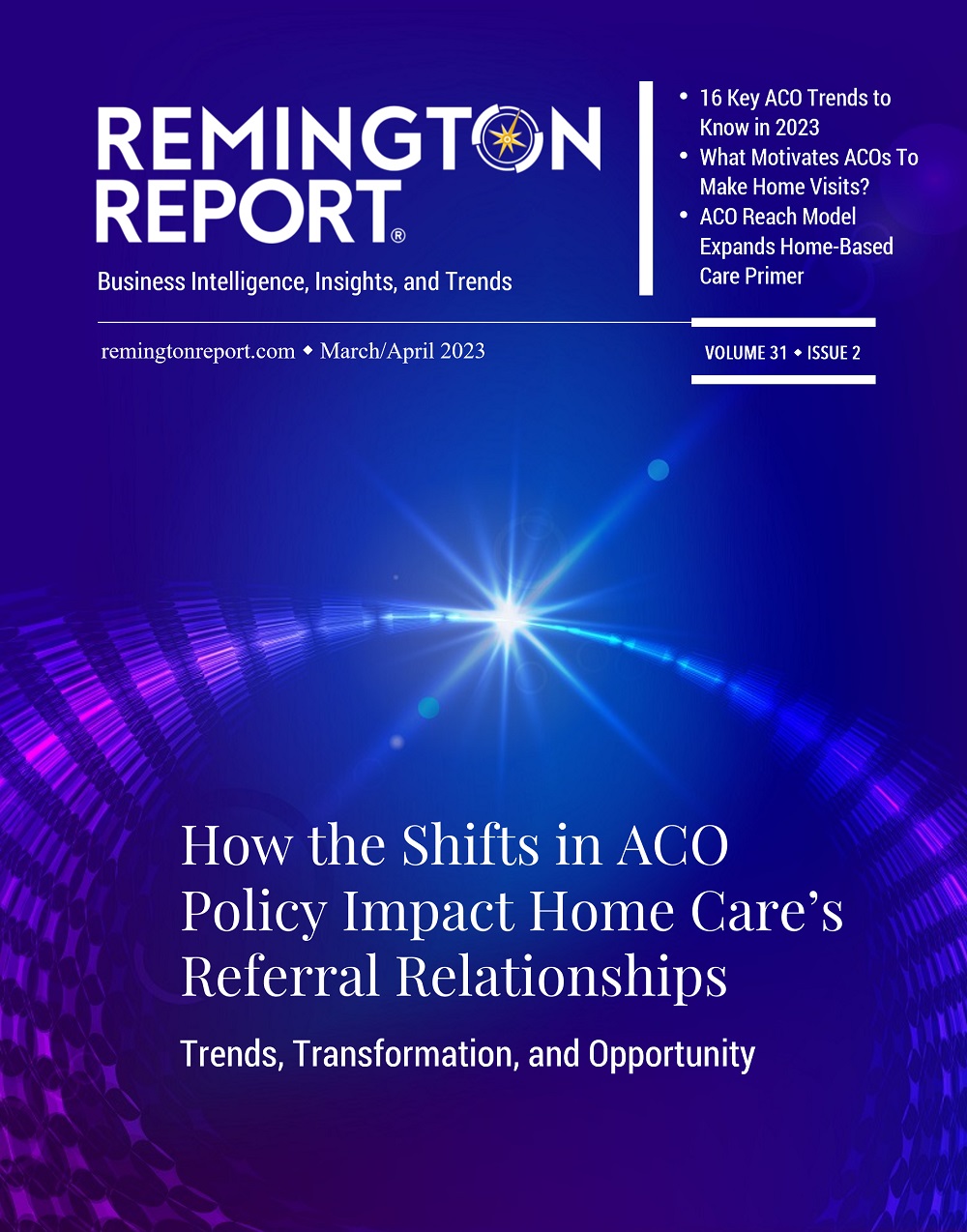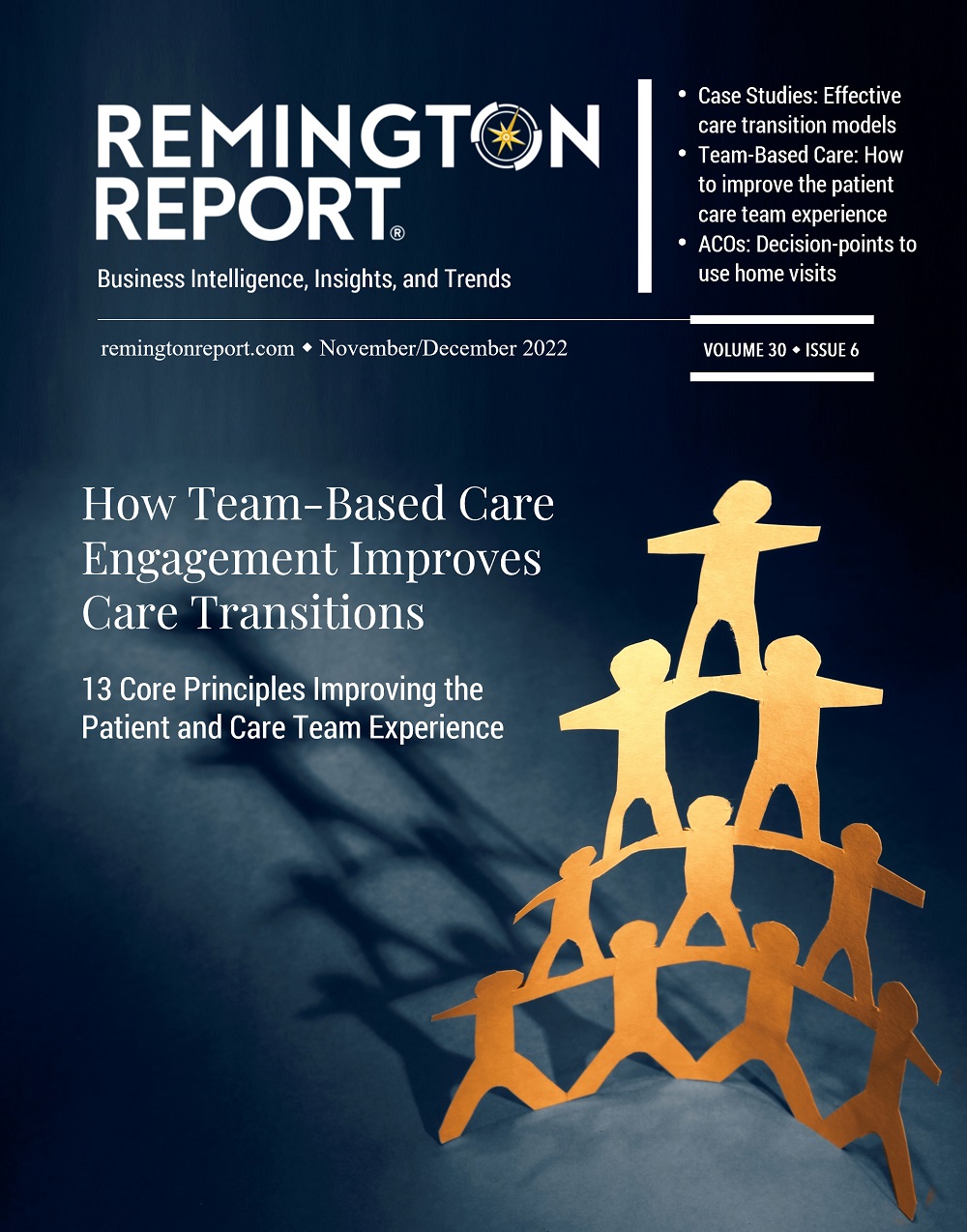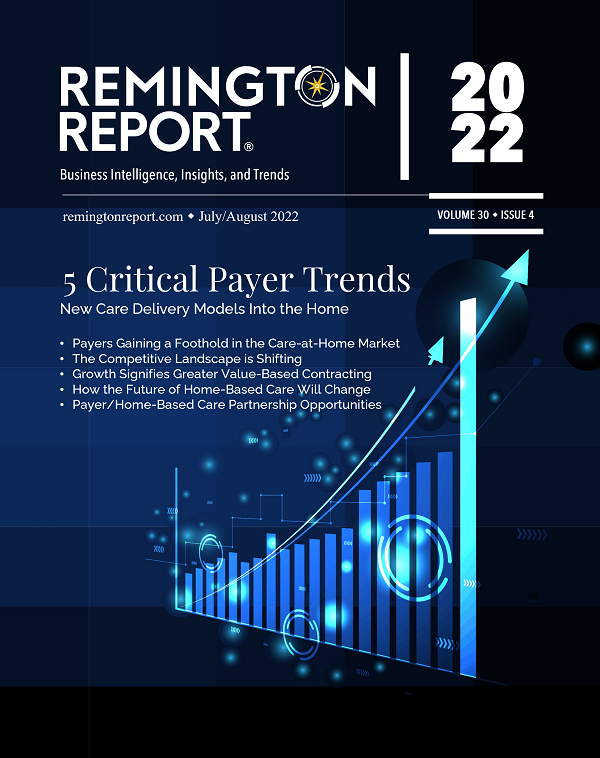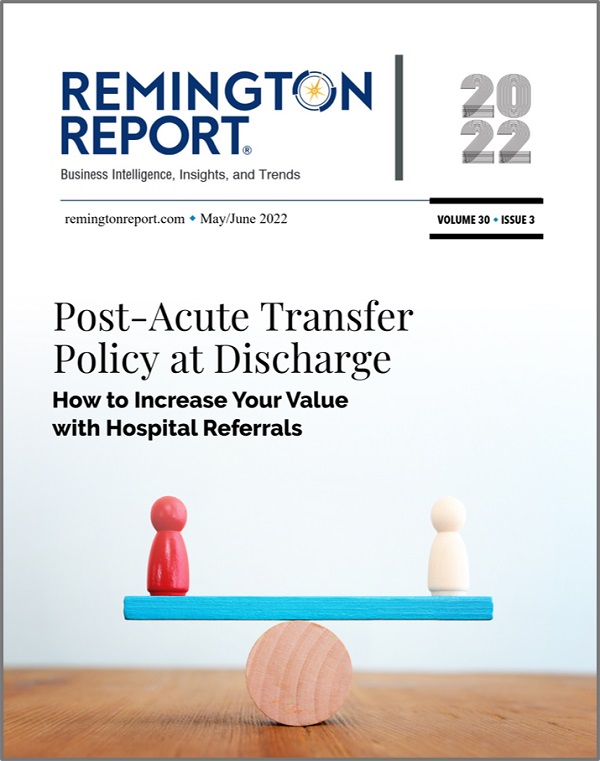Discharge destinations require established relationships with a network of high-quality post-acute providers, facilities, and home health resources in the community.
Sound Physicians is a national physician practice organization with a proven history of improving quality, satisfaction, and financial performance for its partners nationwide. Their whitepaper, “Planning the Next Site of Care as the Priority,” promotes better care transitions and improved outcomes to bridge together discharge planning, home-based care, physicians, and hospitalists.
Proactive Engagement
Achieving a timely transition of care while simultaneously lowering the risk of readmission remains one of the toughest challenges in value-based outcomes.
It’s critical to start the hospital stay by keeping patients’ best interests and goals for discharge at the top of the list of priorities.
It requires clear, proactive communication and alignment among all who engage in the acute episode of care – from the first day of an inpatient admission through the entire post-acute period. It’s important to note that during this episode, on average, 38% of spending is related to skilled-nursing facility utilization and readmissions.
The Role of the Hospitalist
It is the hospitalist who is positioned to lead – from the start – the conversation and plan for transition to the appropriate next site of care.
Hospitalists’ planning for the entire episode of care enables the primary care physician to see the benefits of what occurred in the hospital and supports them as they take over the seamless management of their patient back in the community setting.
Hospitalists need time to participate in multidisciplinary rounds and care team huddles and to proactively plan the transition with the care management team.
“Discharge destinations require established relationships with a network of high-quality post-acute providers, facilities, and home health resources in the community.”
At the time of discharge, they need time to address questions and clearly document and create holistic plans of care. They can clarify how medications may have changed and anticipate other factors that may impact the patient post-discharge. Finally, they need time for a considered handoff of clinical care to the next provider and/or PCP or specialist.
When the hospitalist team starts with the end in mind, the path from admission to transition consistently leads to shorter stays and fewer unnecessary readmissions. Instead of frustration and confusion, the journey produces greater satisfaction for patients, their families, and the primary care physician
Engaging with Home-Based Care and Post-Acute Providers
Aligning patients, their families, the hospital, and physicians toward the goal of discharge to the right setting without unnecessary delays is key to delivering better care – and a better experience for the patient – at a lower cost. It’s just the right thing to do.
Discharge destination decisions are reactive, based on the availability of beds or subject to referral patterns that may not be grounded in value or measurable outcomes. Overcoming this requires established relationships with a network of high-quality post-acute providers, facilities, and home health resources in the community. It is important to follow a transparent and rigorous process for evaluating facilities and then collaborating with them to plan for each patient’s transition and treatment.
Key Leadership Discussions
- Is your organization having discussions with hospitalists and discharge planners to be a care transition team member?
- What real-time communications technology solutions are being utilized to involve all team members?
- What clinical and financial value is your organization bringing to team-based care? In other words, what separates your organization from others?
Additional Insights on Care Transition Solutions
Other Articles You Might Enjoy
Best Practices for Effective Strategy Execution
Effective strategy execution is crucial for success, as even the most well-crafted strategies can fail if not properly implemented.
5 Reasons Why a 5-Year Strategic Plan May Pose Challenges
Five-year strategic plans in home care often encounter several challenges due to the dynamic nature of the industry.
Understanding Adaptive Leadership in Home Care’s Complex World
Adaptive leadership is not a fixed set of rules or practices; rather, it's a mindset and a skill set that empowers leaders to thrive in turbulent times.











